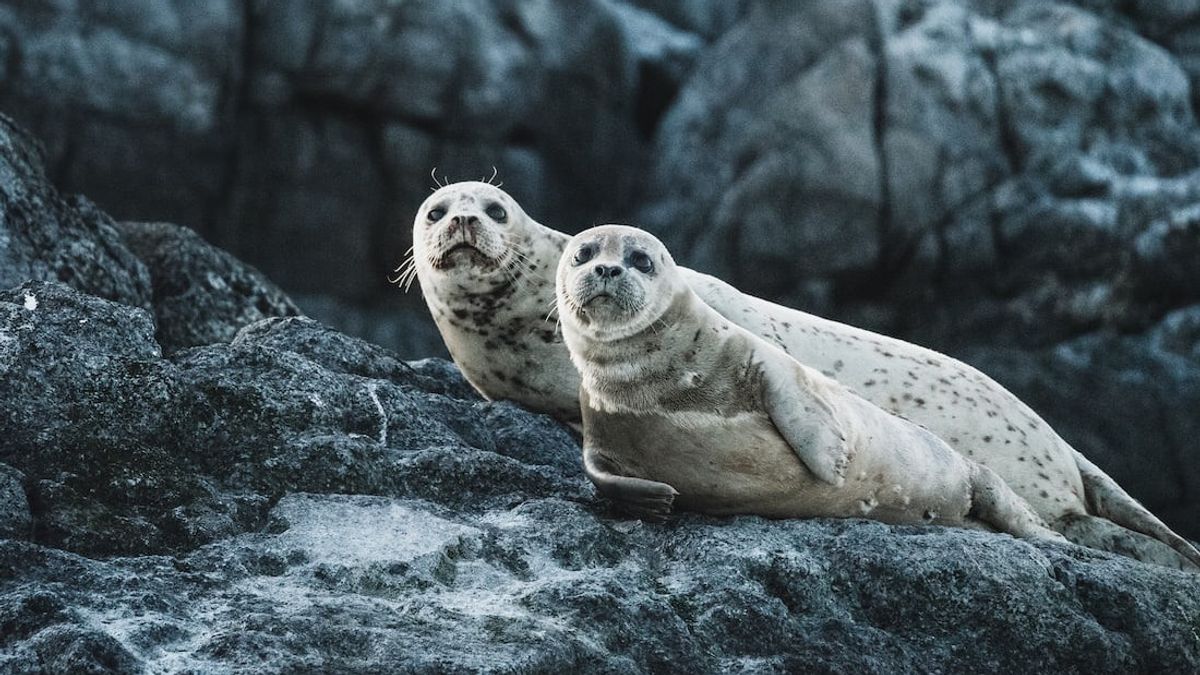
JAKARTA - Scientists use facial recognition technology dubbed SealNet, to track the movement of marine dogs. Aiming, so that the species does not become extinct.
SealNet was created by a biologist at Colgate University in Hamilton, United States (US), Krista Ingram, and was partially developed by Ahmet Ay, a professor of biology and mathematics at Colgate.
SealNet is based on PrimNet, a facial recognition software used to identify primates.
"This is kind of changing this technology from the concerns of Big Brother that we have in human facial recognition technology, to use it for good. There are no losses," said Ingram.
In recent Ingram testing, Ay and their colleagues found SealNet could accurately identify marine dogs between 90 and 97 percent of the time.
Ingram says each species is unique. He and his colleagues have spent hours in Maine's Casco Bay photographing port sea dogs for databases.
During an interview on As It Happens, with Nil K\"oksal hosts, Ingram said he had taken more than 8,000 photos of marine dogs so far. They have uploaded 1,250 of them to SealNet.
He and his team photographed the animals from boats using remote cameras, for complying with federal regulations by keeping a distance of 50 meters from marine mammals.
"The difficulty is that you can't manipulate them. So you have to wait until they really see you if you want a complete front image," said Ingram.
"So one of the things we're working on is using some new drone technology to allow us to maneuver more easily, to get every face of every marine dog on that rock."
Launching CBC, Monday, December 5, the findings published in the journal Ecology and Evolution, said Ingram tracking the movement of marine dogs was the key to conservation planning.
Traditionally, scientists follow the movement of marine dogs and other marine mammals using satellite trackers. But facial recognition technology can provide faster, cheaper, and more accurate data with non-invasive techniques.
"When we think about conservation policies, we really need, in essence, a fundamental type of biological data about population size," said Ingram.
That includes understanding the migration pattern of marine dogs, in other words, how often they return to the same place.
"One problem we have with marine dogs is observing individuals and what they do over the summer or over the years, it takes a lot of time. And the methods we've used over the last few decades are very expensive and time-consuming," explained Ingram.
"We brought conservation biology to the 21st century by using this type of technology to speed up the process and automate various things so that we can get that type of data much faster," he continued.
The next step, Ingram and his team will improve SealNet's accuracy. They also plan to offer it to other people for free.
"We really want this technology to be accessible to researchers around the world who may or may not have a lot of, you know, computer science background," said Ingram.
In collaboration with FruitPunch, a Dutch-made intelligence firm, they will improve some aspects of SealNet to encourage broader use.
Finally, Ingram hopes TuesdayNet will eventually be used to track Hawaiian monks' sea dogs and Mediterranean monks' sea dogs, both now in danger of extinction.
The English, Chinese, Japanese, Arabic, and French versions are automatically generated by the AI. So there may still be inaccuracies in translating, please always see Indonesian as our main language. (system supported by DigitalSiber.id)











